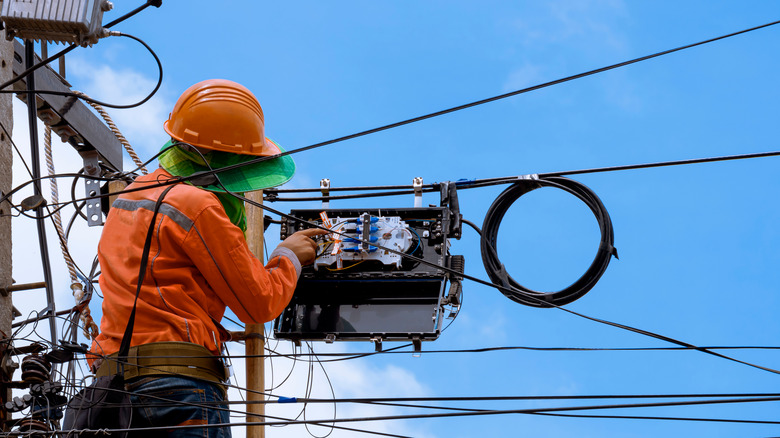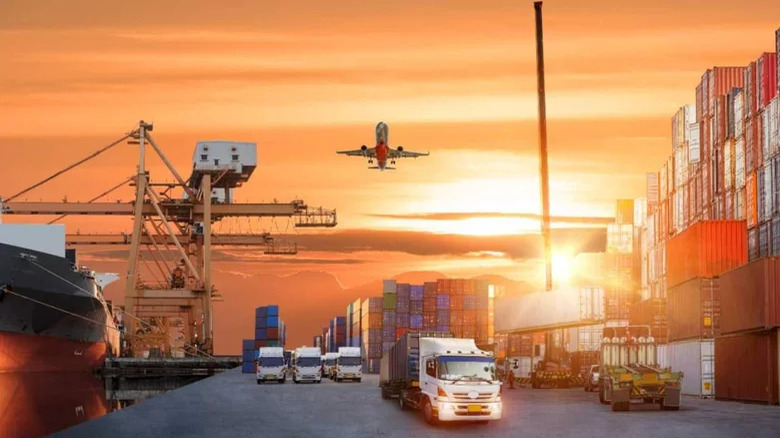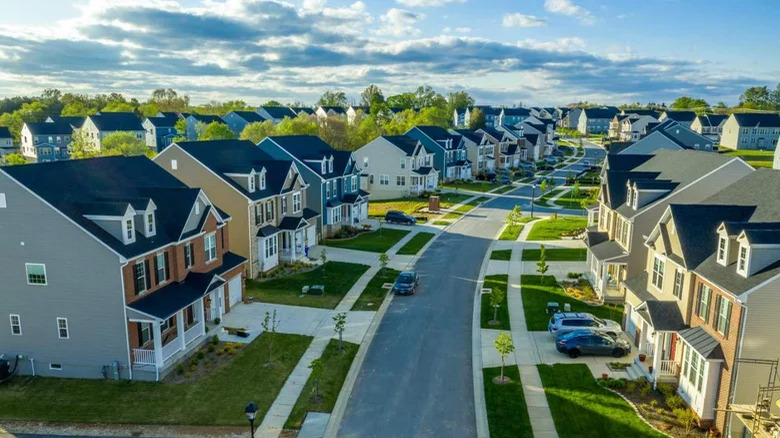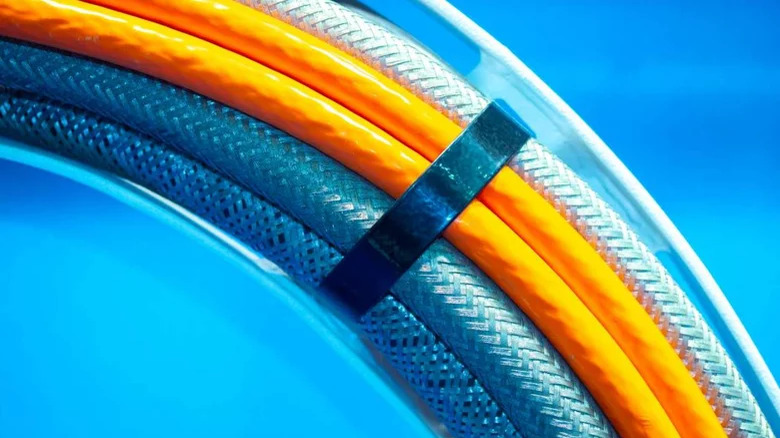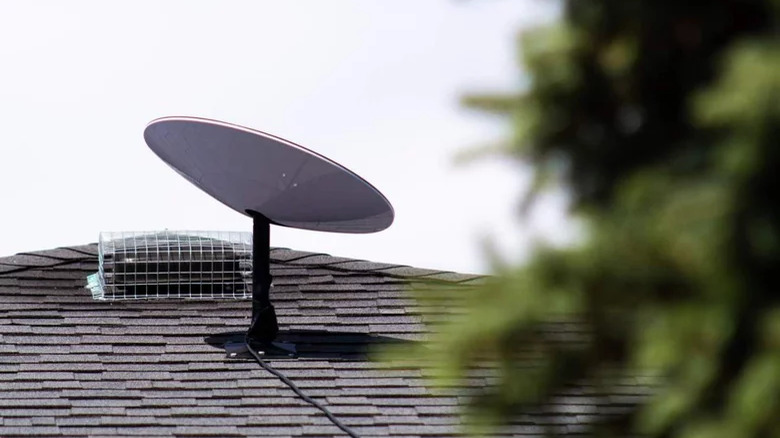The Reason You Can't Get Fiber Internet In Your Area
Fiber internet is often the most sought-after variety of internet for home and business users alike, offering significantly better performance than DSL, cable, satellite, and other options. In fact, fiber internet offers speeds up to 1 Gbps, as well as a more reliable and stable connection than traditional DSL or cable internet.
Unfortunately, despite its advantages, fiber's availability can vary greatly from one US city to another. For obvious reasons, businesses are often a top priority for internet providers, but home users are many times left in the cold. For example, according to BroadbandNow, only 21% of Chicago residents had access to fiber going into 2021. In contrast, 61% of Dallas residents had access.
If you're one of those residential customers that would love to get fiber access, but haven't been able to, there's a couple of possible reasons that may be to blame.
Supply chain shortages
Thanks to the global pandemic, the tech industry is in the throes of a semiconductor shortage, along with virtually every other component involved in the technology industry. The issue began early on when factories in China had to close, or reduce their output, as a result of lockdowns. As the pandemic has continued, new lockdowns in various parts of the world have continued to wreak havoc on the supply chain, as have problems with the shipping industry.
The supply chain issues were significant enough to cause AT&T to miss its goals for its fiber rollout in 2021. The company had originally planned to deploy fiber to 3,000,000 homes in 2021, but adjusted down to 2.5 million because of a shortage of available fiber (via Ars Technica).
Of all the possible reasons you may not be able to get fiber, this is the best one, as it's a short-term problem that will likely be resolved in the future.
The 'last mile' cost factor
The "last mile" is a term that's often used to indicate the last step involved in delivering a product or service. In the context of home internet, the last mile would involve bringing the fiber into a neighborhood and individual homes.
Unfortunately, the last mile is often one of the most expensive and difficult steps (via Norscan). A neighborhood may be on the other side of a major highway from the main fiber lines, it could be on the other side of a mountain, or there may be some other geographical obstacle.
Alternately, a neighborhood may be too small or fail to meet the demographic requirements for a company to invest in running fiber. For example, a local competing internet service company may already provide high-speed cable internet with nearly comparable speeds at a low price point. As a result, it may not be worth the investment to run fiber internet.
New versus old infrastructure
One of the advantages of fiber is its lower maintenance overhead when compared to the traditional copper wiring that DSL and cable rely on (via Field Nation). If a company has just recently run copper wiring, however, it may not be worth it to immediately turn around and run fiber.
In such as scenario, the company will likely wait until it starts experiencing maintenance issues with its existing wiring before making the investment in running new fiber. This is one of the main reasons why new neighborhoods often have fiber, while older neighborhoods are still operating on copper-based cable or DSL internet.
Alternatives to fiber
Not having access to fiber can be a frustrating problem to deal with, especially as more people are working from home than ever before. Fortunately, there are other options a person should consider, especially if saddled with a slower alternative.
T-Mobile and Verizon both offer 5G home internet service that can offer speeds comparable to traditional broadband options. In each case, the wireless carrier will provide you with a modem/router combo that has a SIM card. Instead of hooking it up to a wired connection, the device will receive a signal from the carrier's network. In areas where a strong 5G signal is available, this could result in speeds in the hundreds of megabits per second.
Starlink is another option, using low-Earth orbit (LEO) satellites to provide internet access. Because Starlink's satellites are in LEO, the service provides speeds and latency that are comparable with some traditional broadband. In fact, according to Ookla, Starlink is already challenging traditional broadband speeds in some countries, including the US.
